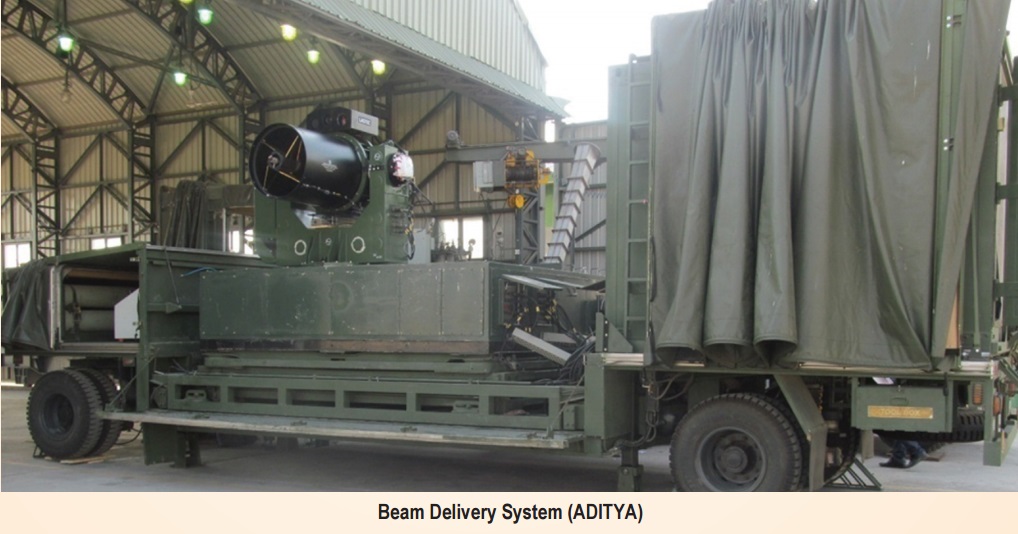- Joined
- Apr 29, 2015
- Messages
- 18,416
- Likes
- 56,946

LASTEC has designed and developed a laser warning and countermeasure system for Armoured Fighting Vehicle (AFVs). A LWS is capable of handling multiple type of laser threats and has an operational range of more than 6 km for laser designator type of laser threat. After detecting the laser threat along with its direction, it also has the capability to generate trigger signal to activate the grenade launcher for firing of smoke grenade in the direction of laser threat to obscure the platform under threat. Technology of the LWS has been transferred to BEL, Pune.

The laser warning sensors detects the laser radiation processes, determine the PRF and edge matching signals. It comprises of opto-electronic front end, signal processing and conditioning, embedded module for PRF decoding, and edge matching signal.

The master controller receive inputs from multiple laser warning sensors, processes the information and feeds the desired commands to the decoy laser. The master controller comprises of hardware and software module to interface with the laser sensor units and the decoy laser.

Decoy laser is a high energy laser source that takes command from laser warning system and generate a pulsed laser radiation synchronised with the PRF generated by the laser warning system. It is used to illuminate a dummy target to misguide the laser guided bomb on to the dummy target.
The homemade helicopter LWS must be at late stages as well.





